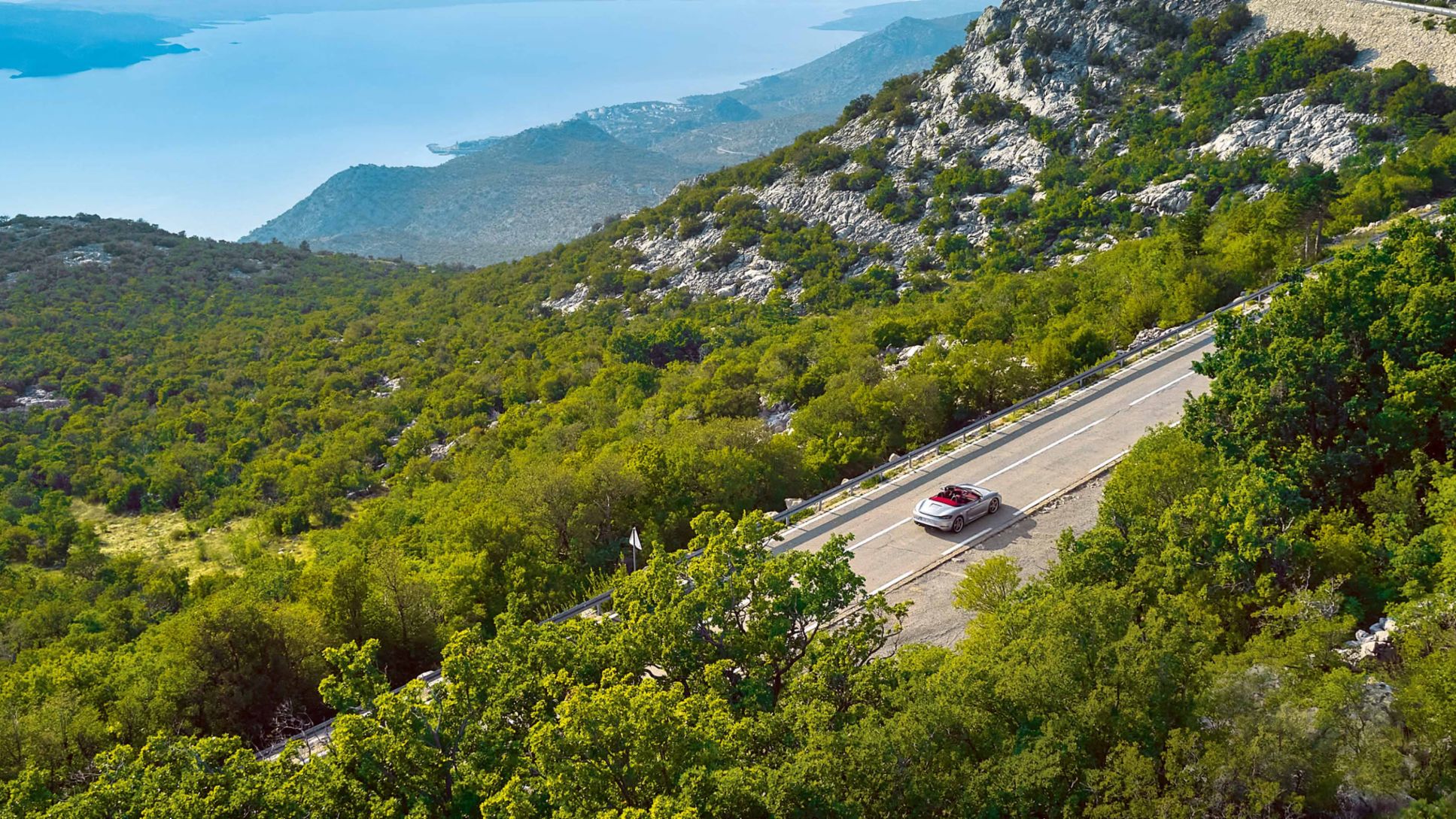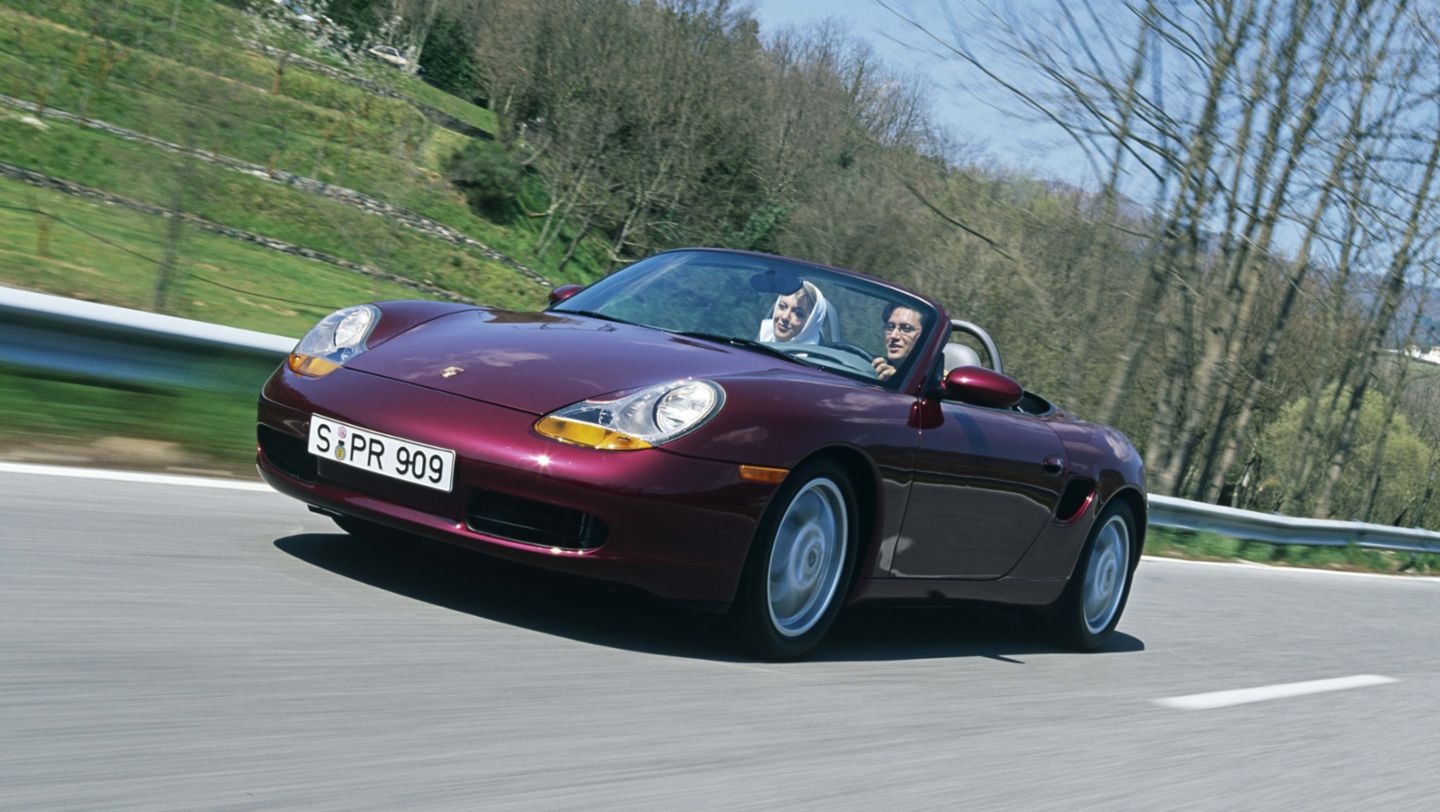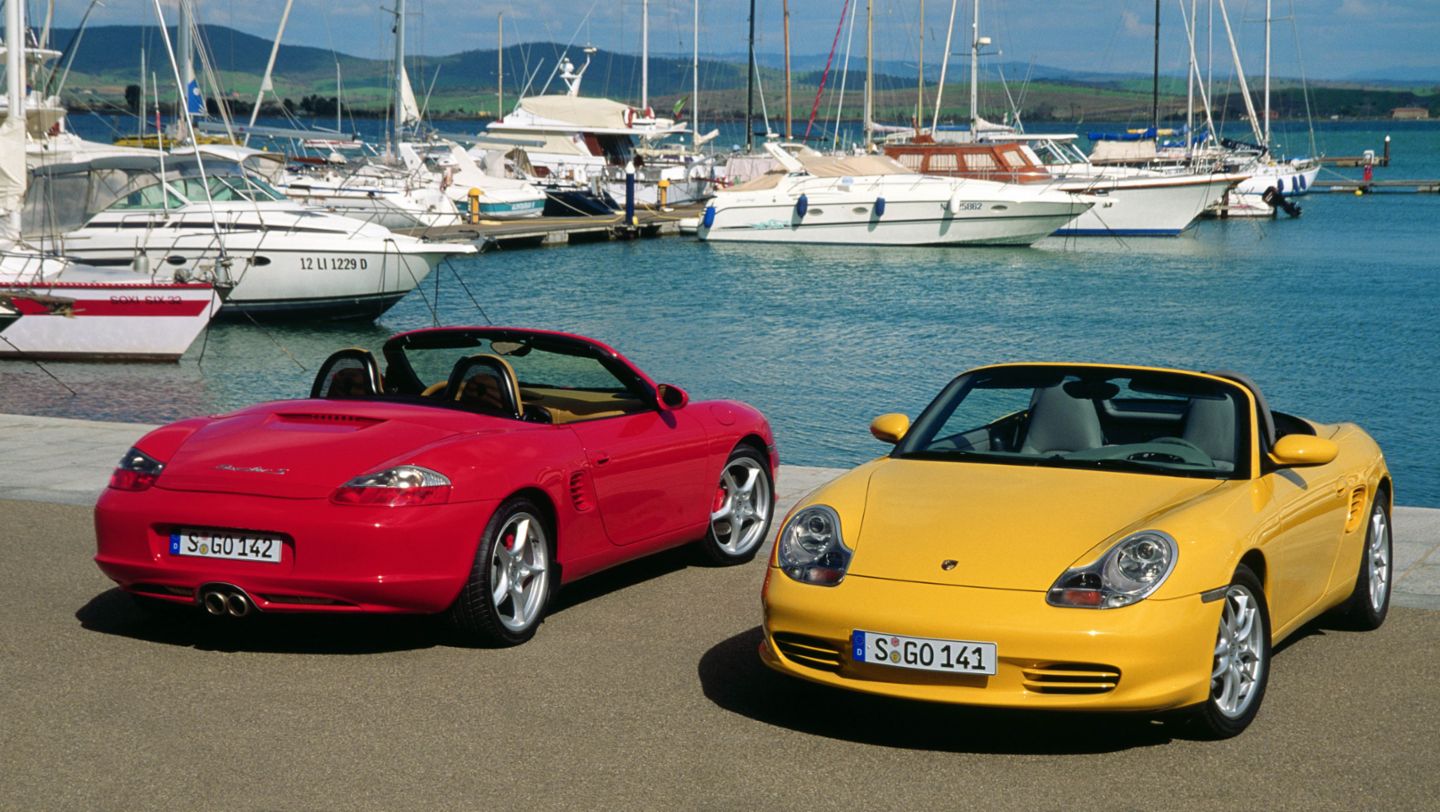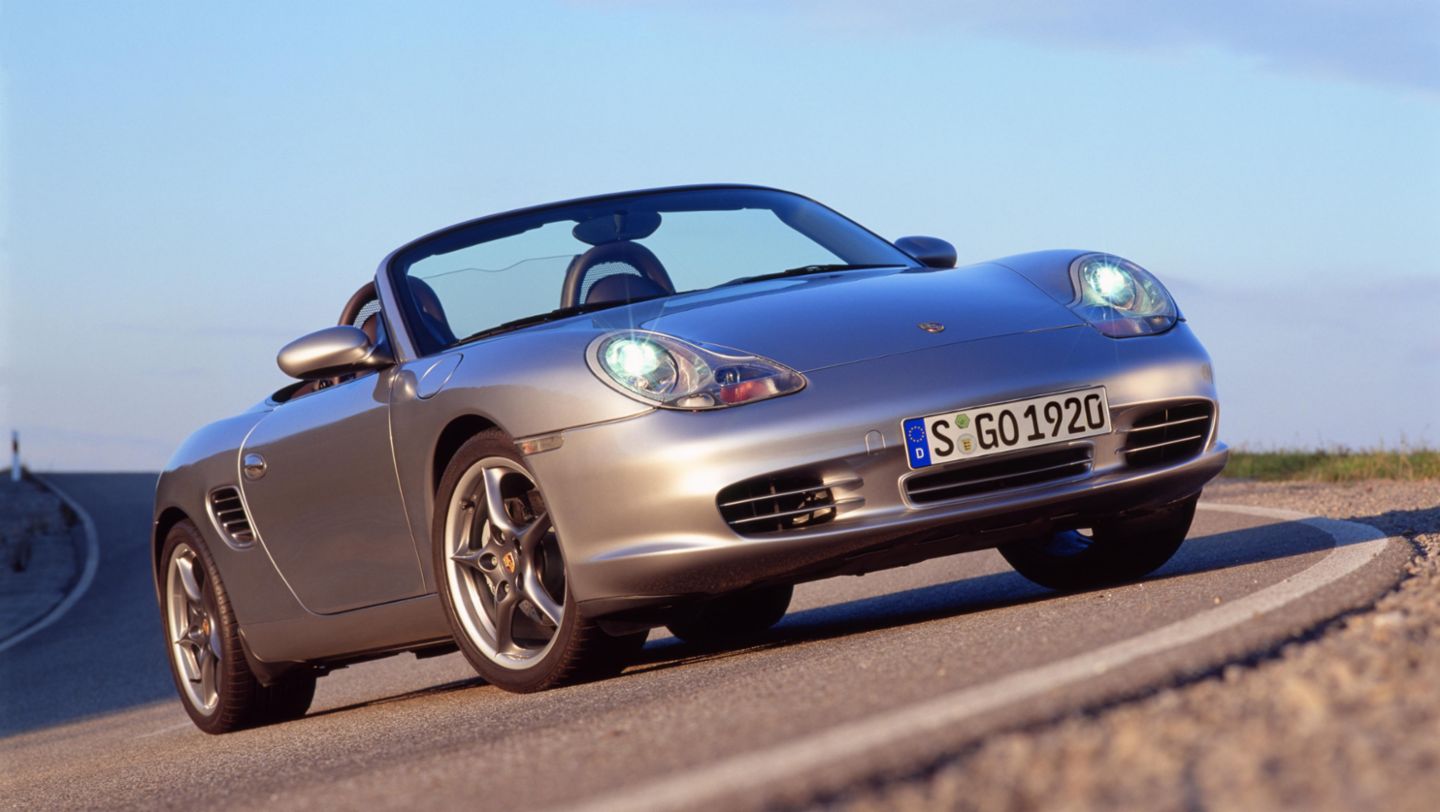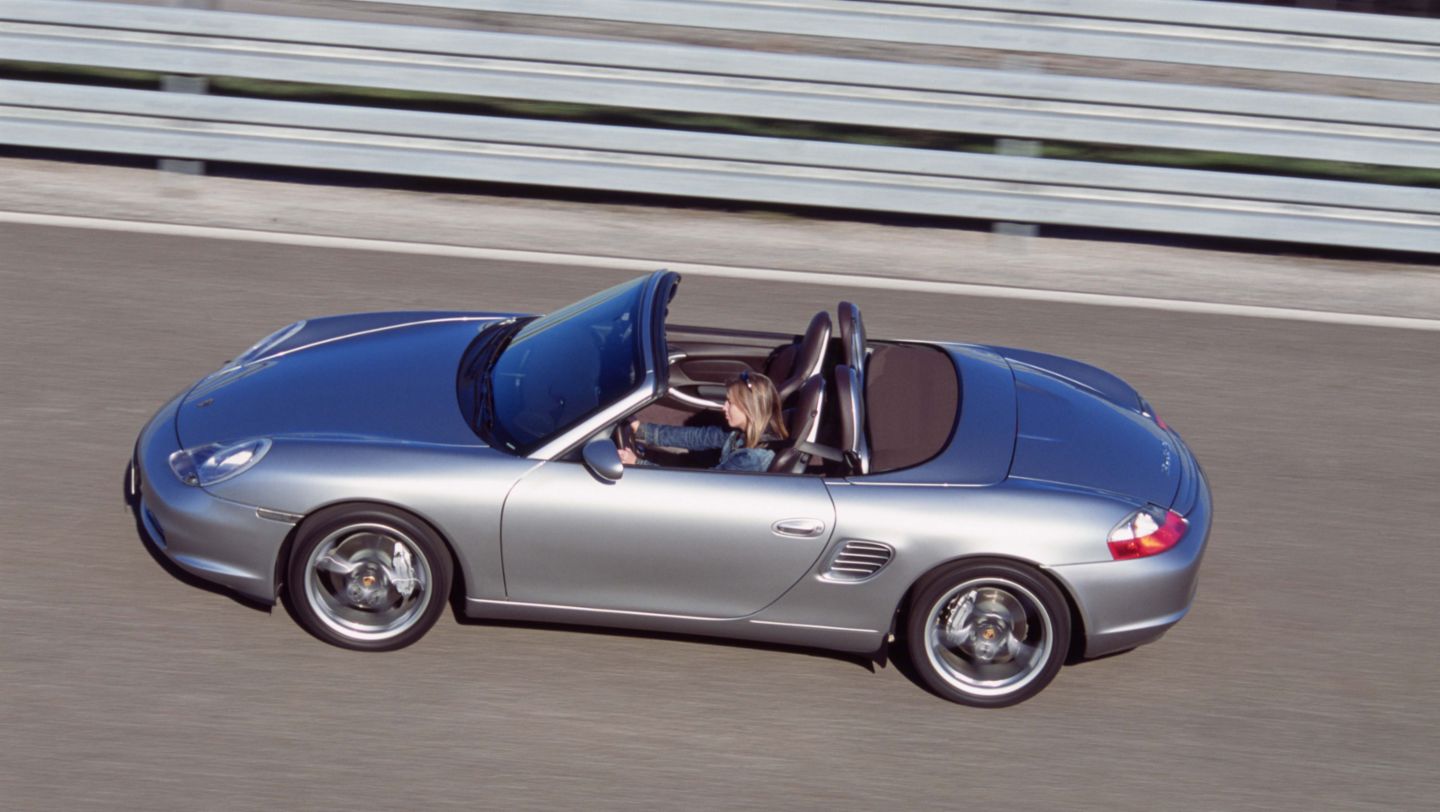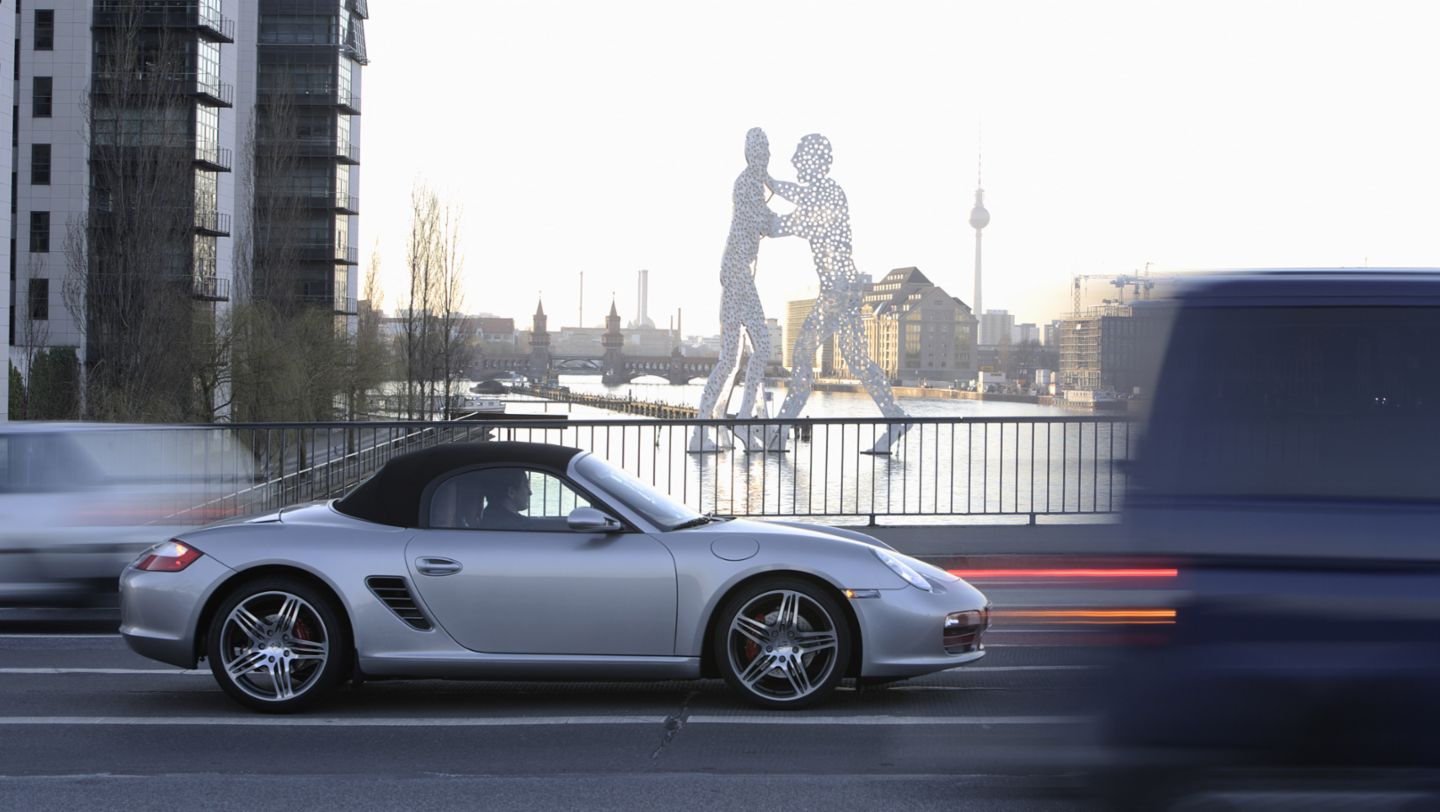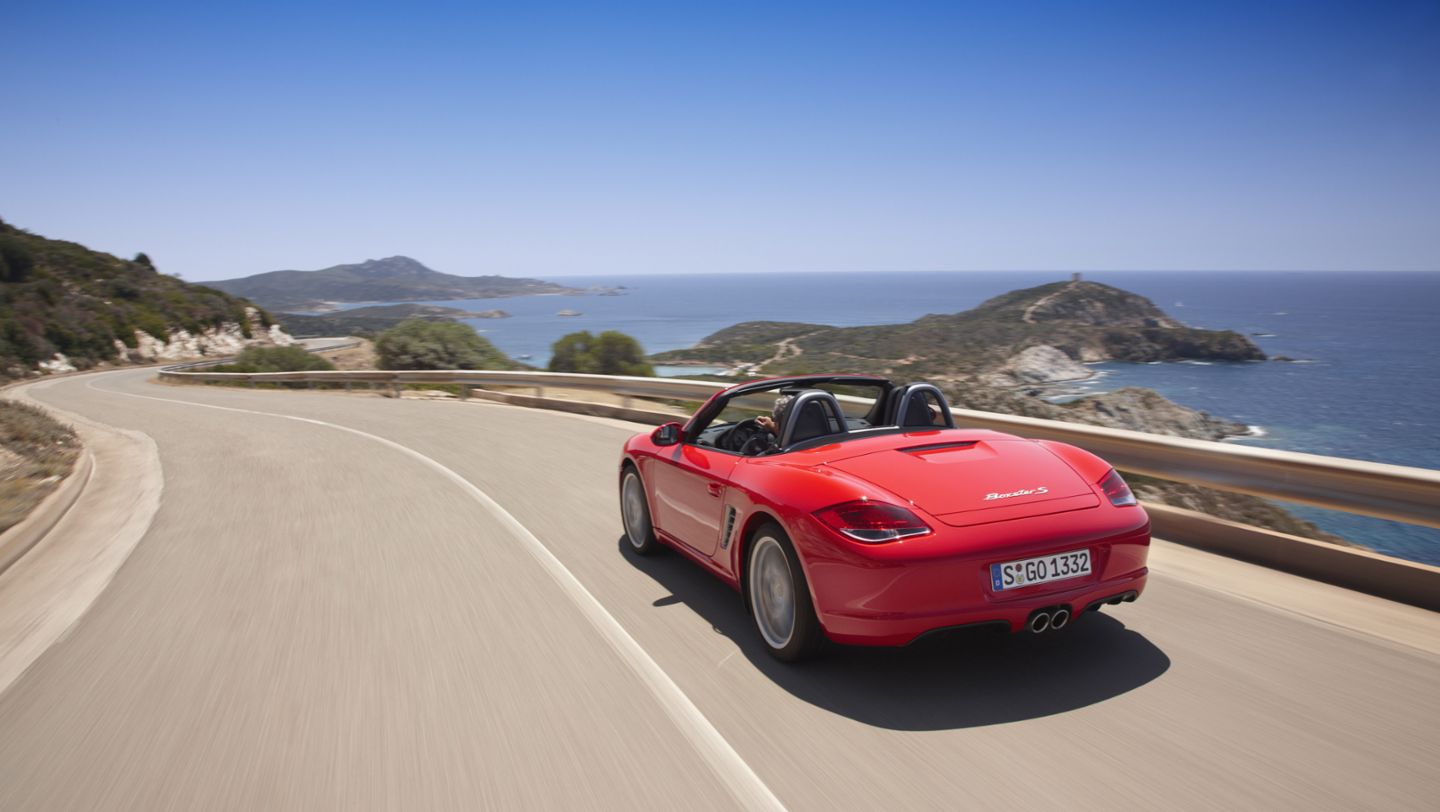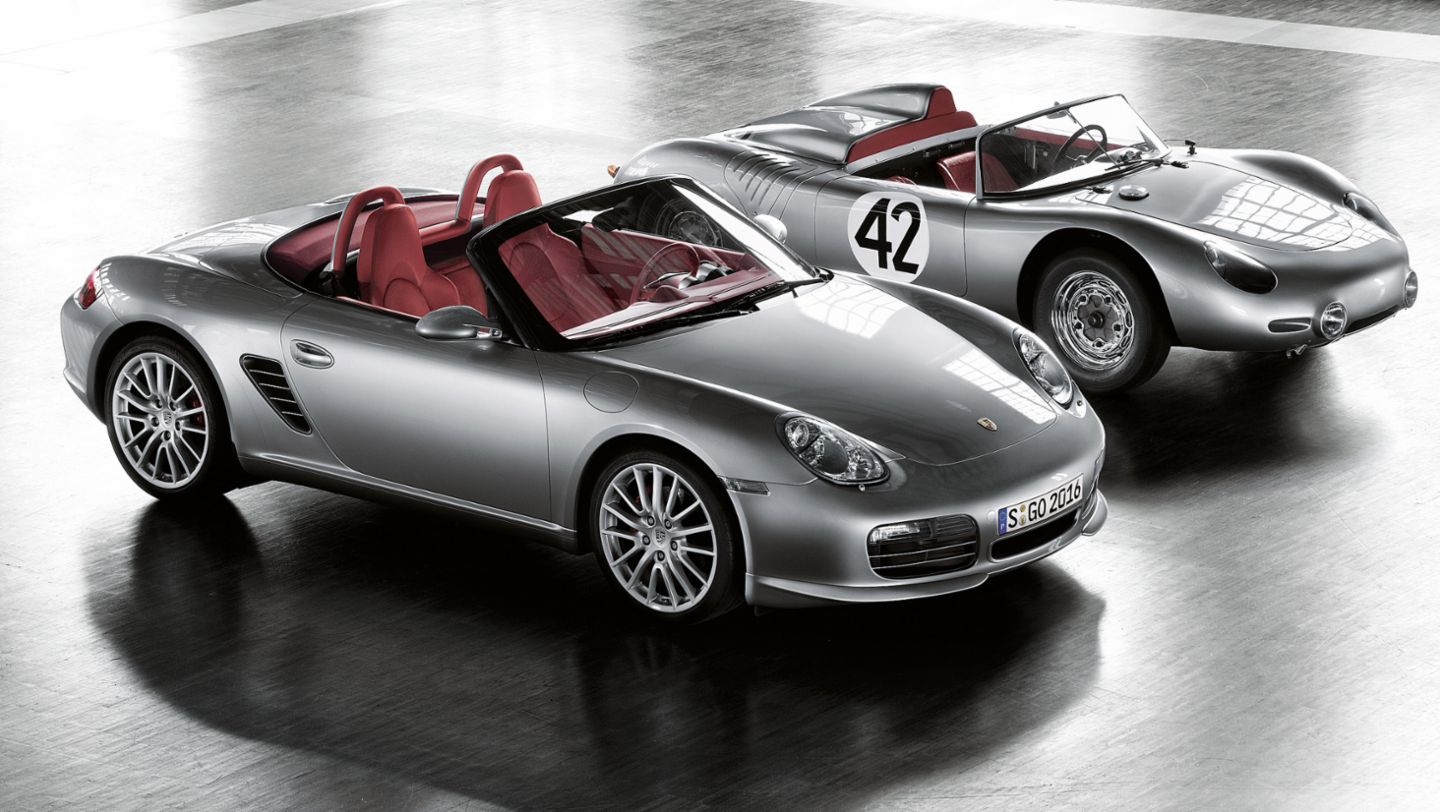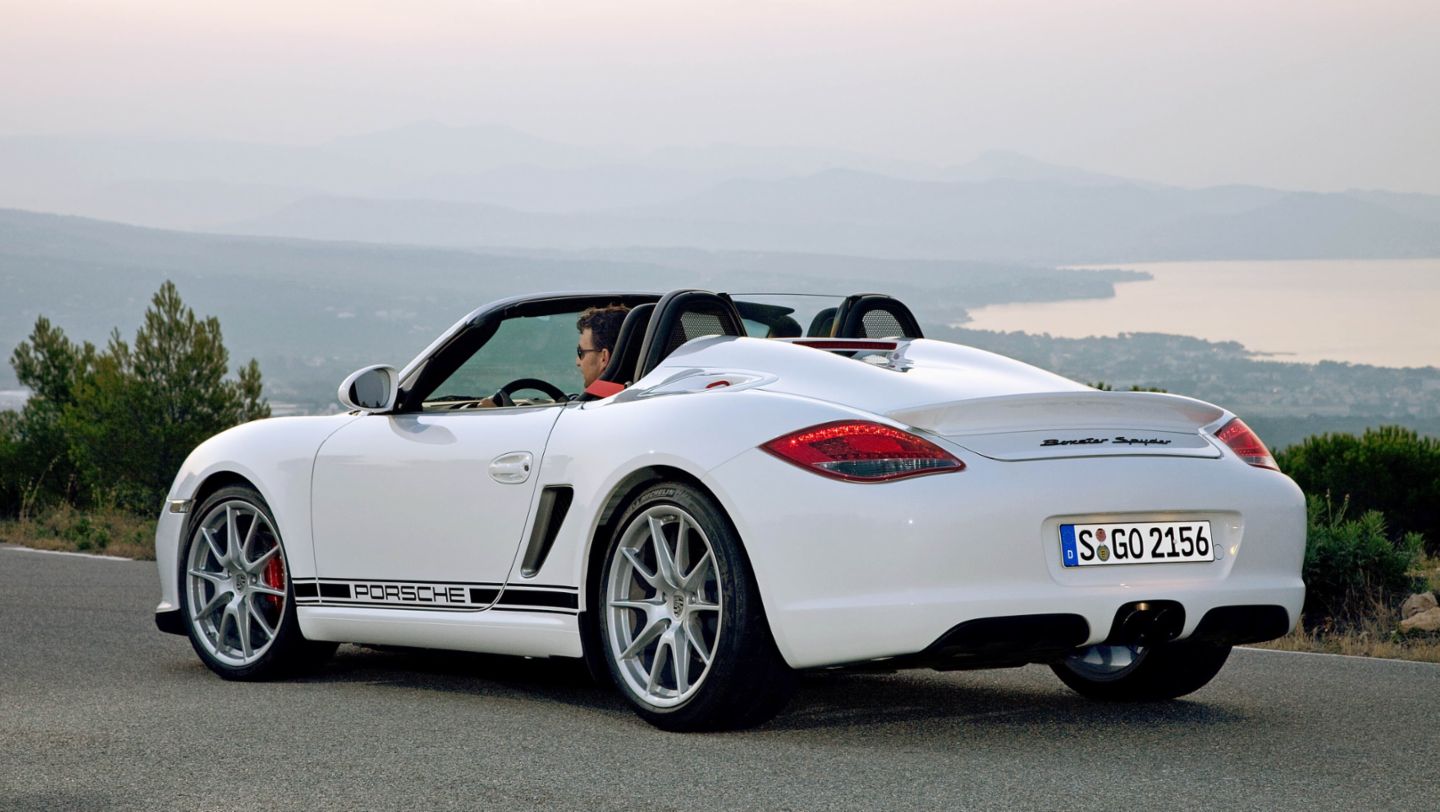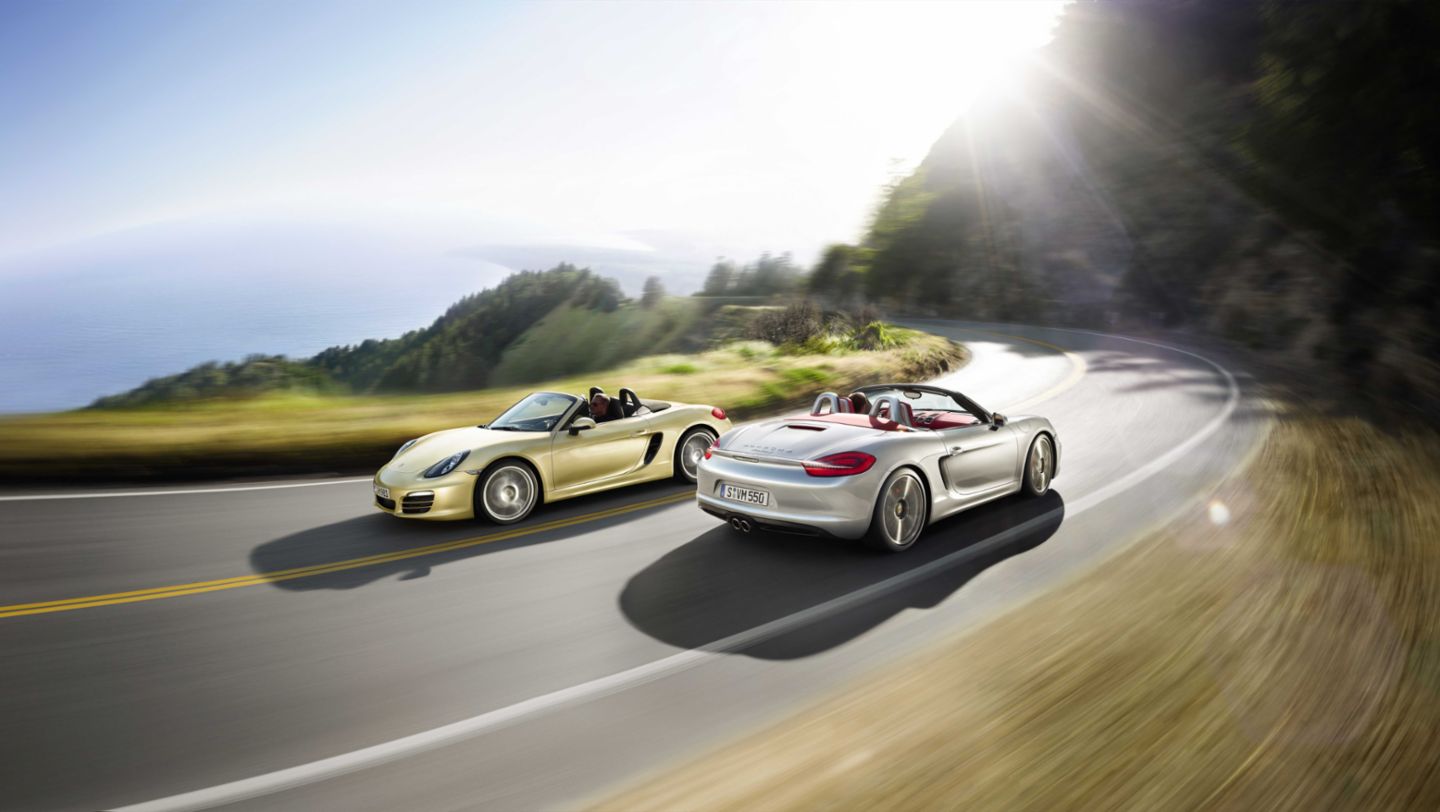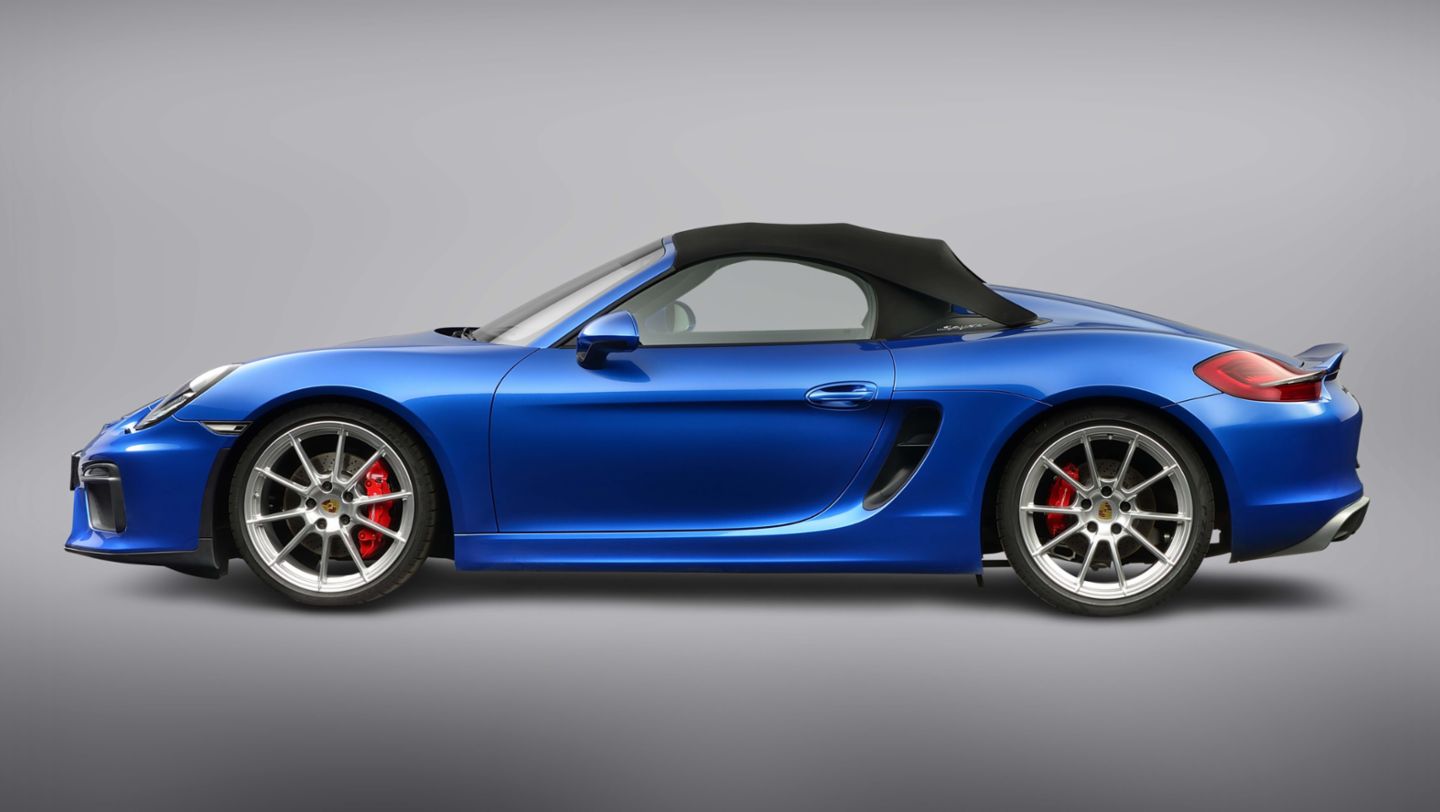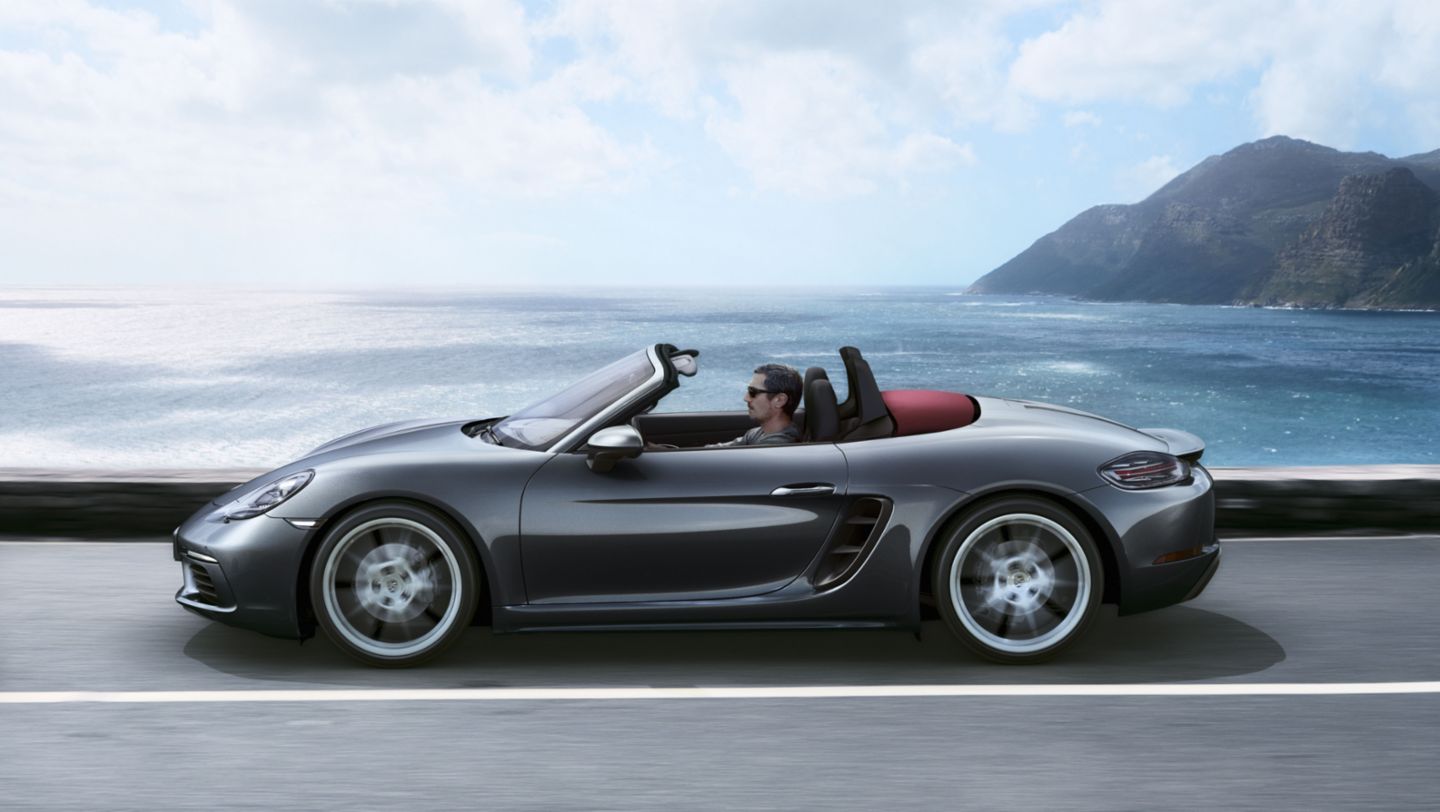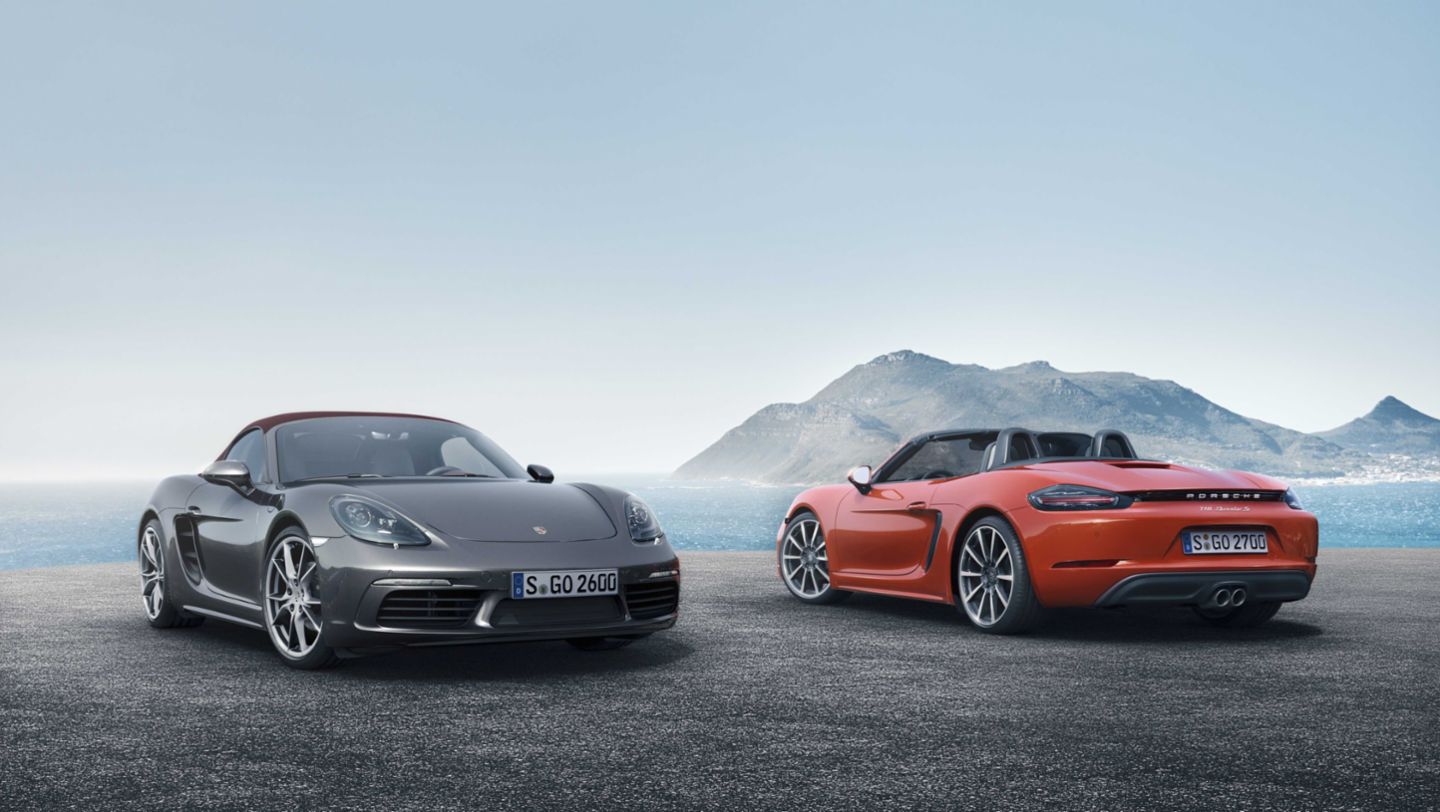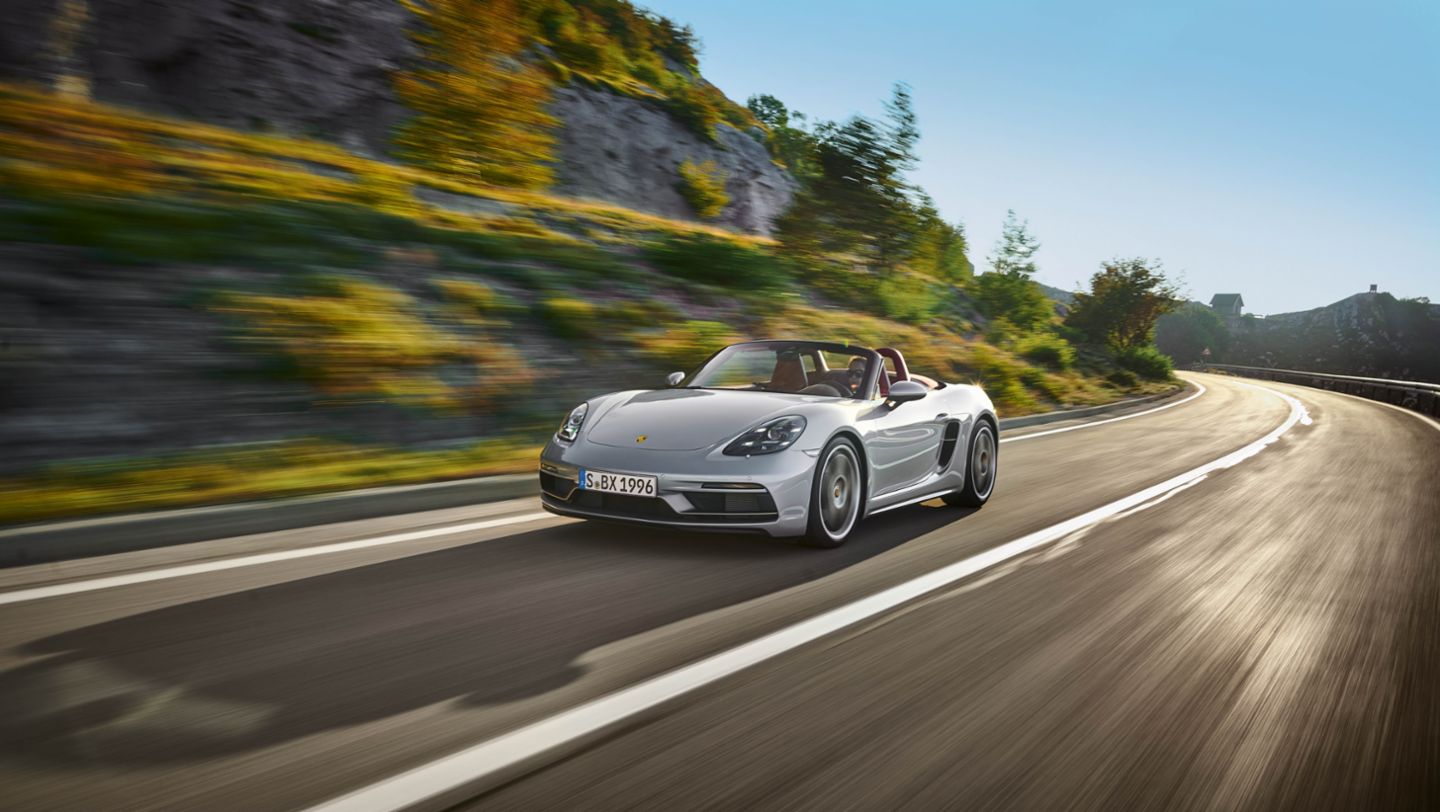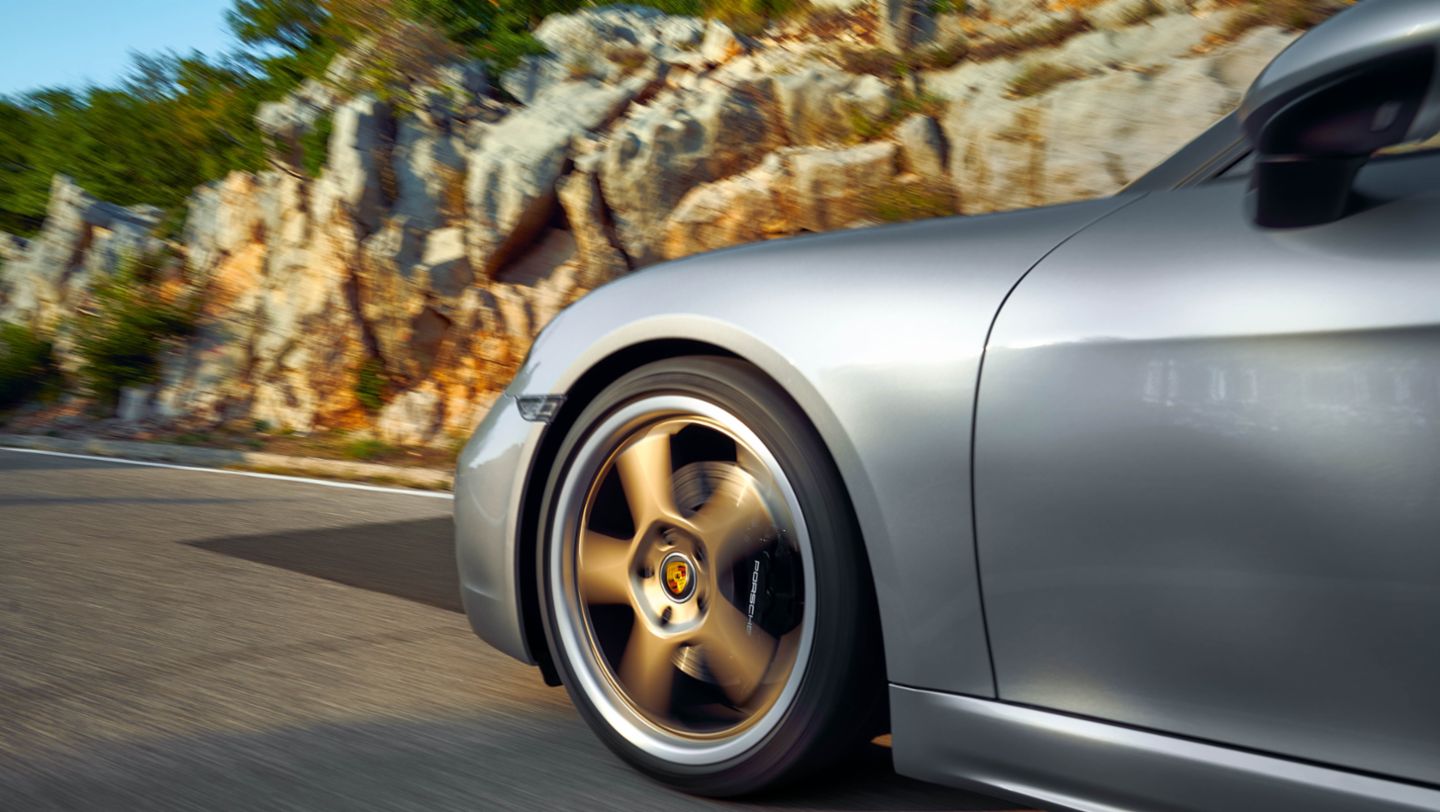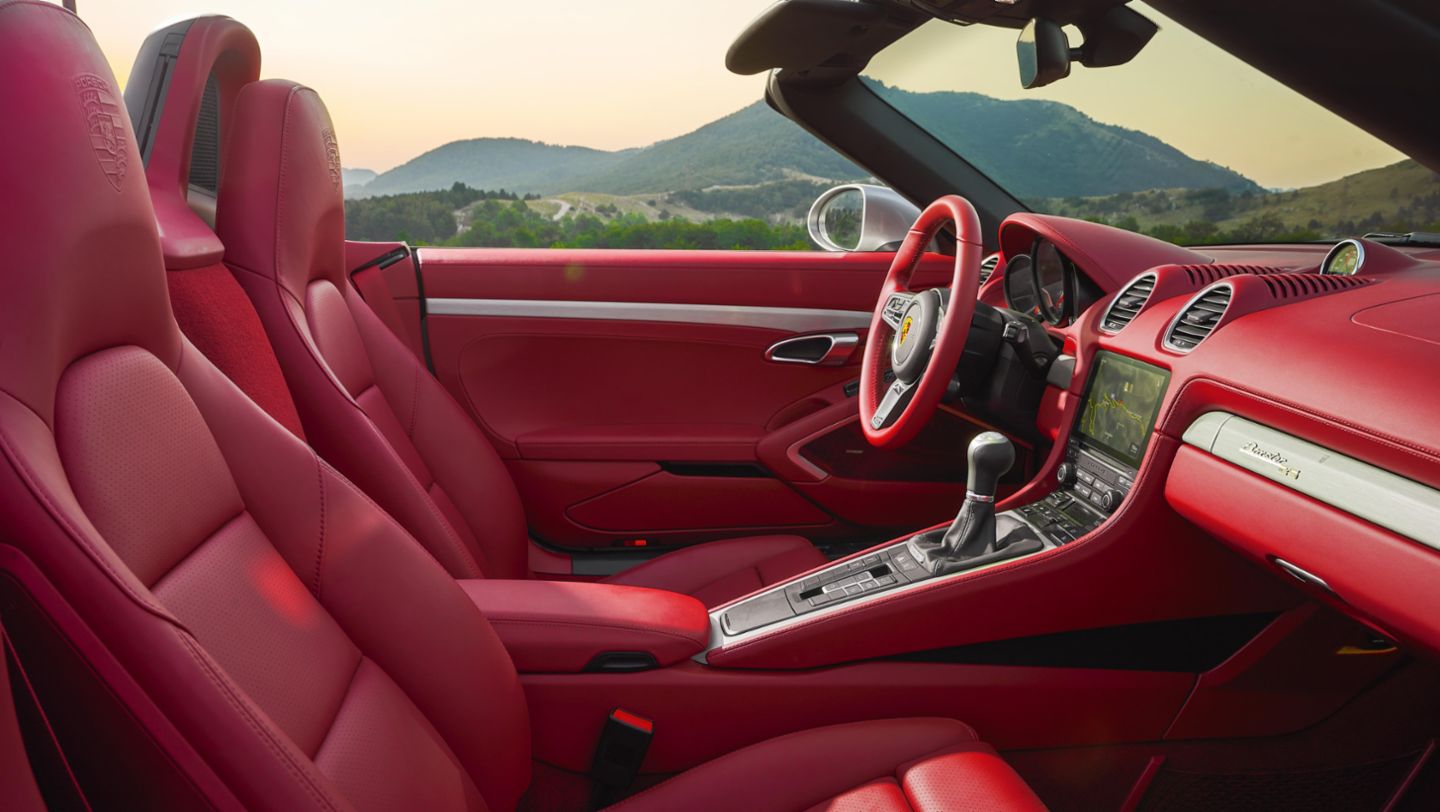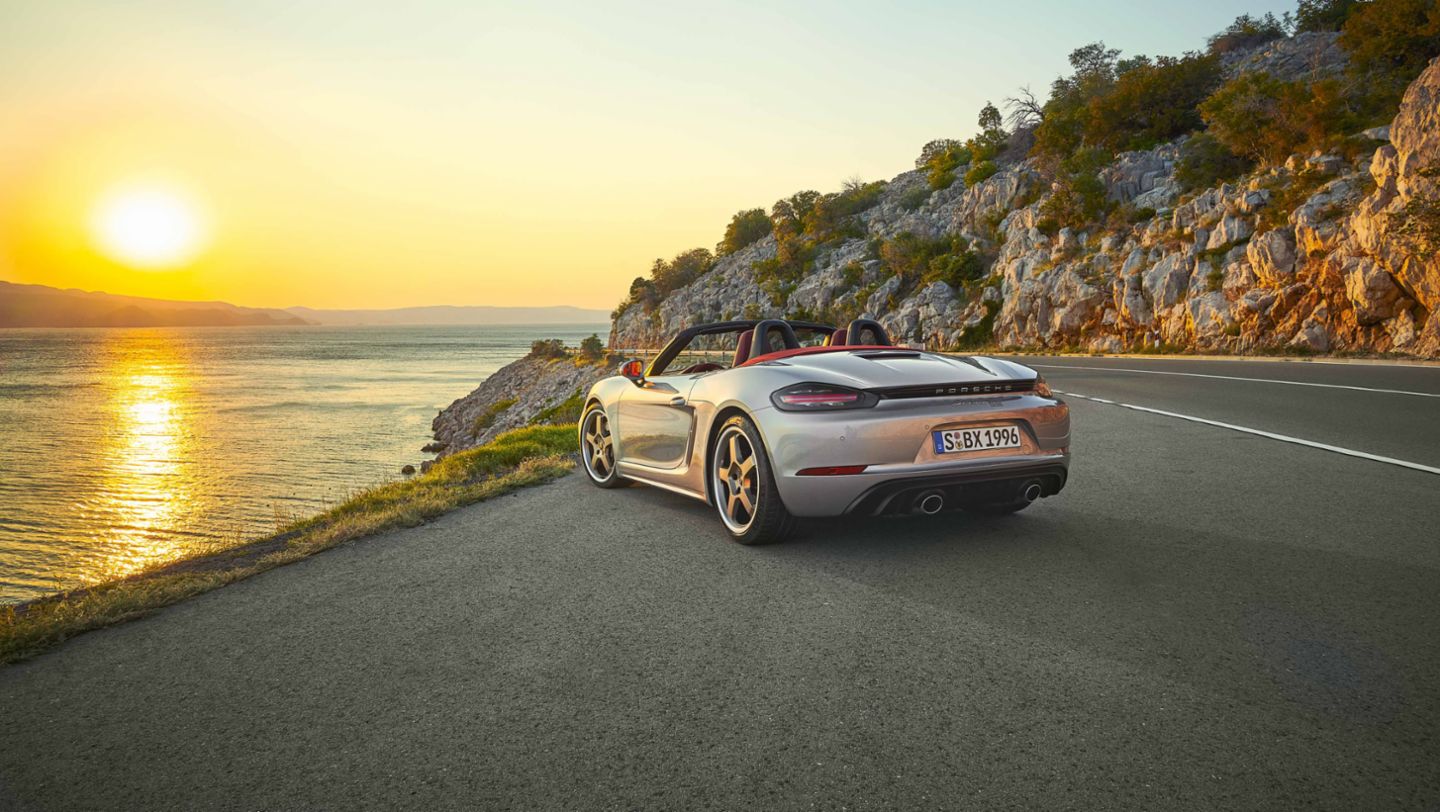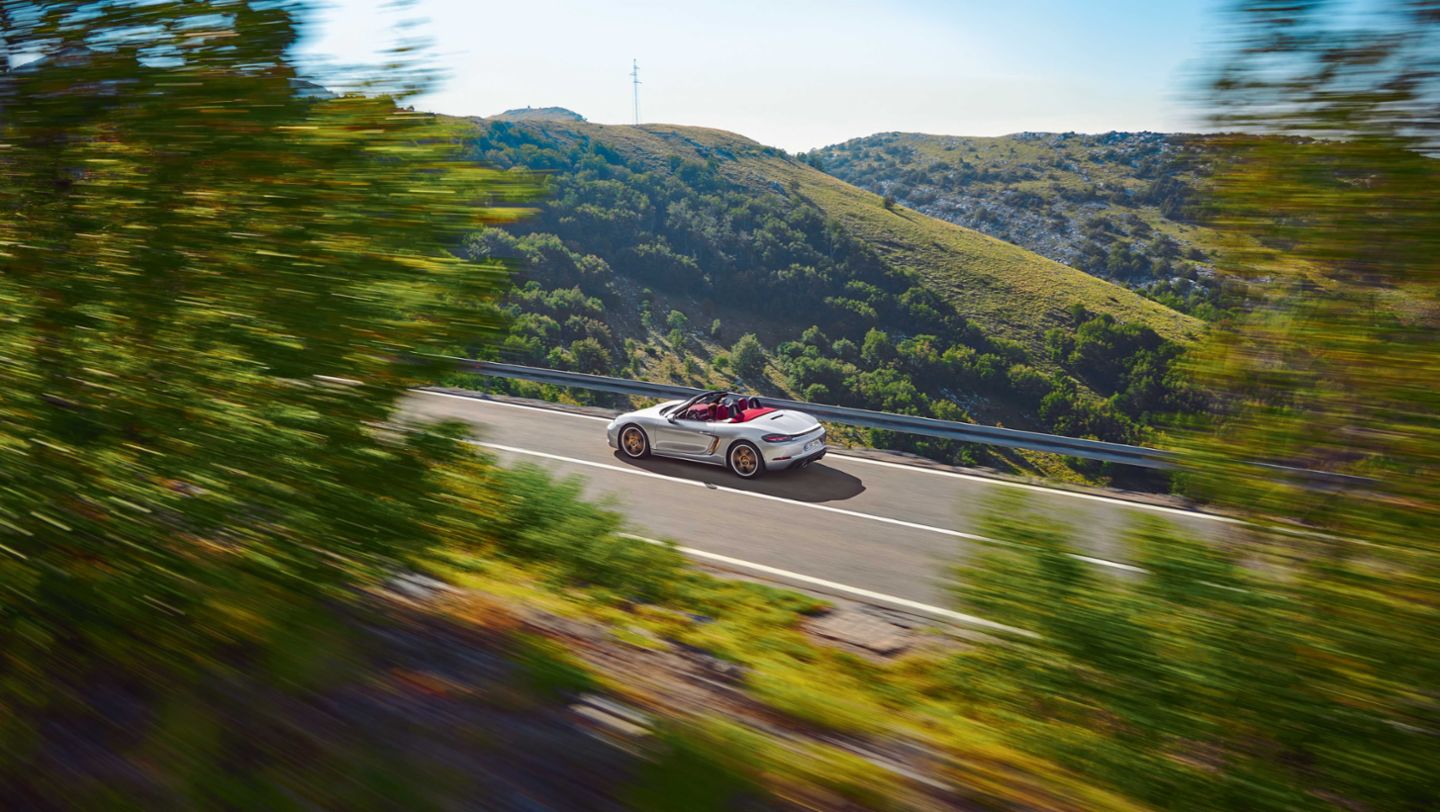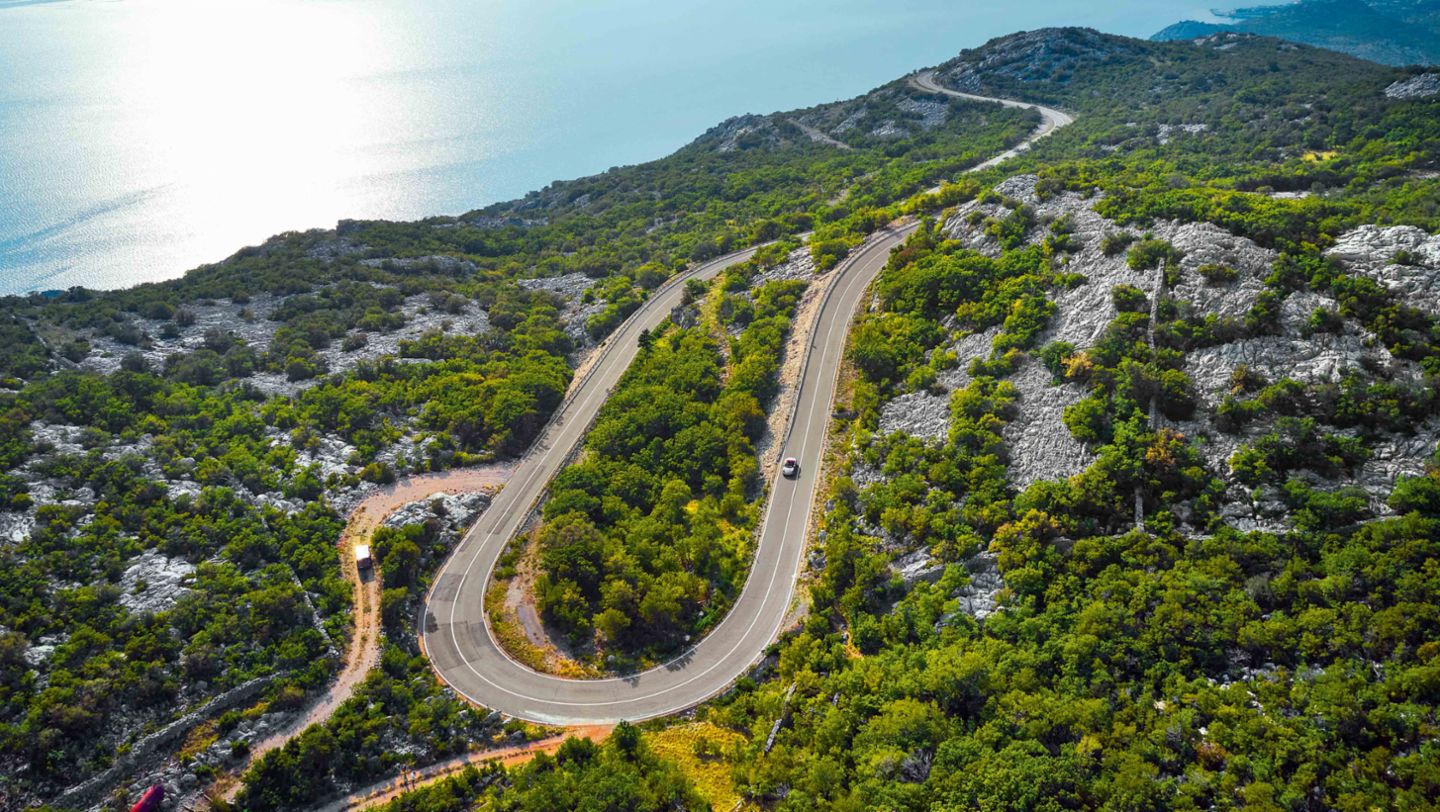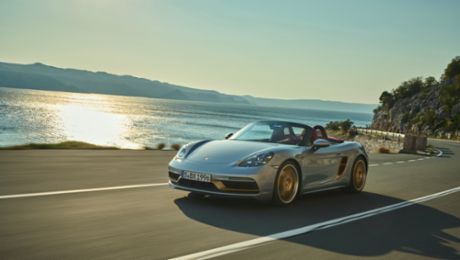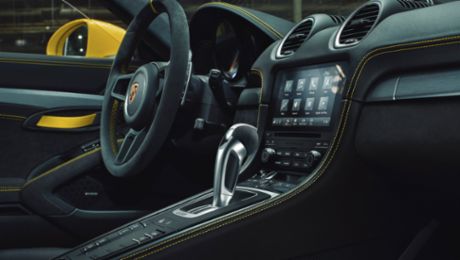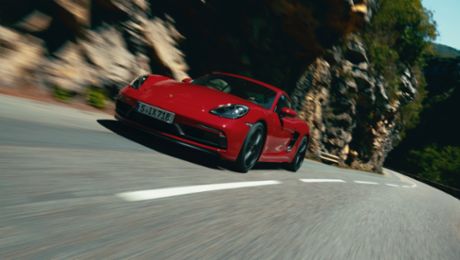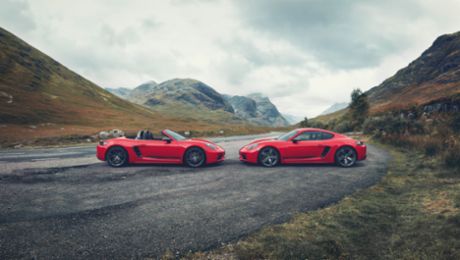By the late 1980s, everyone at Porsche knew it: something had to be done. The economic situation was tense. When it was launched in 1996, the Porsche Boxster model line was something of a liberation. The agile roadster, with the first water-cooled, six-cylinder series boxer engine mounted in front of the rear axle, conquered the hearts of a new and younger clientele in record time. One of the key people involved in its creation, during a time of major restructuring, was Horst Marchart. At the time, he headed the Complete Vehicle Development Department.
When Marchart appeared in the office of the Porsche Executive Board in early 1991, he was asked what he would recommend. “I said stop everything and then chart a new course – new model planning, development and production,” recalls Marchart, who was born in Vienna in 1939. He was following his gut instinct; the idea was by no means a finished concept. It was necessary, he reasoned, to bring a rejuvenating second sports-car model line to the market. One that would have the strength of character to stand on its own, yet also clearly bear the genes of its brand heritage. It should exude a vivacious spirit and come in well below the 911 in its price segment. Interest had been piqued. “They wanted to know how long I would need to investigate the topic exhaustively. I asked for four months.”
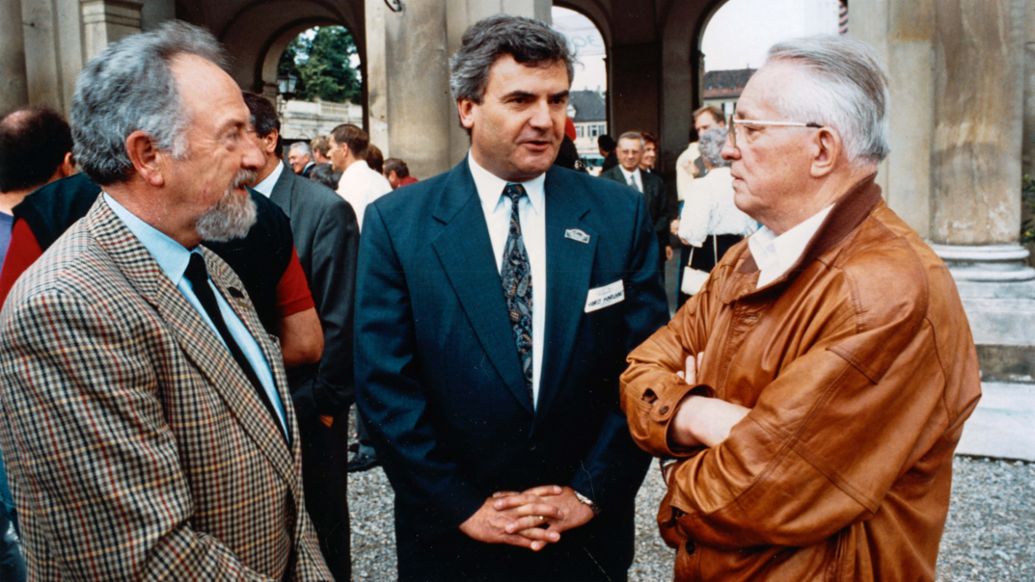
Marchart would be a central figure in charting a new course for the future of Porsche. The status quo at the time: “We had a magnificent Porsche 911 of the 993 generation on the cusp of being launched. And the Porsche 928, 944, and 968 models were very distinct, having few technical similarities with the 911 or with each other.”
The technical and strategic challenge lay in developing the new sports car in a way that would be in technological lockstep with future generations of the 911. And the car had to share a kinship with the legendary Spyder models. The plans for an exquisite two-seater roadster with a mid-engine convinced the Executive Board. The new car was to be called the Boxster – a nod to the open roadster and the six-cylinder boxer engines emblematic of the brand. It had already been decided that the boxer in the 996 generation of the 911 would be water-cooled. The Boxster would beat it to the punch.
Noteworthy references included the mid-engine concept
Grant Larson created the first study. His design explicitly drew on the Porsche 550 Spyder of the 1950s and the Porsche 718 RS 60 Spyder from 1960. Noteworthy references included the mid-engine concept, a front extended well beyond the front axle, short body overhang in the rear, and a centred tailpipe. Striking air intakes and air outlet openings were important design features. The silver paint job and the red colour of the finely crafted interior paid tribute to Porsche history, yet now were also harbingers of a reinvigorated future.
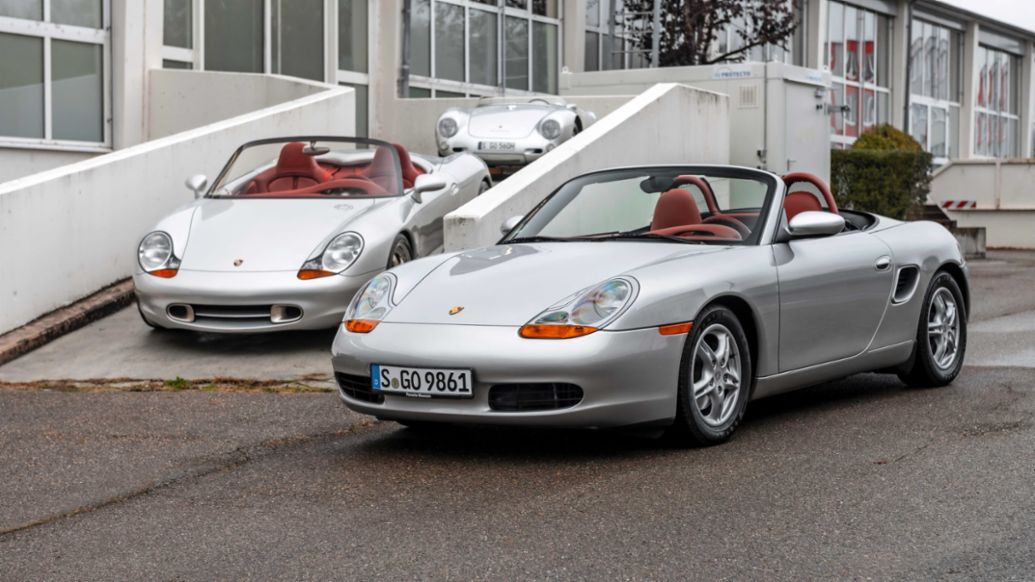
Marchart, named Board Member for Research and Development in the autumn of 1991, had no doubt that this new model would be a great success alongside the new generation of the 911, without endangering the brand icon: “It was clear to me that the 993 was so good that it would complete its planned model cycle through 1998 with aplomb even with competition from the Boxster. And after the overwhelming public response to the Boxster study at the presentation in Detroit in January 1993, we were absolutely sure that we had made the right decision.” After the tumult of the show died down, the message was clear: shut down the design development and build the concept just like that.
The Boxster offered groundbreaking innovations
Indeed, when the series model was launched in August 1996, the similarities with the Detroit showstopper were unmistakable. Sharing a front end with the 996 generation of the 911, which made its debut the following year, left no doubt about the family relationship. Technologically, the Boxster offered groundbreaking innovations. In addition to the water cooling, they included alloy four-piston monobloc brake calipers, four-valve technology, and VarioCam technology. Its six-cylinder boxer would become the nucleus of a completely new engine family, which would later be deployed in the 911 as well. As an alternative to the standard five-speed manual transmission, the Boxster could also be ordered with the automatic Tiptronic S, which featured five gears for the first time.
By now, entire books have been written about the evolutionary stages of the Boxster. Major development steps followed in 2003, 2005, 2007 and 2012. In 2016, the complete relaunch with the 718 model series introduced four-cylinder turbocharged engines and a sharpened design. The roadster matured from a sportsman to an elite athlete. A power comparison alone speaks volumes: while the original Boxster put out 150 kW (204 PS), the special 25th anniversary model musters a stately 294 kW (400 PS, ).
Paying homage to the first concept car
The anniversary model – limited to just 1,250 examples worldwide – pays homage to the first concept car. Among its most compelling features is the reinterpreted Neodyme colour: this coppery, shimmering brown shade had also set a dramatic contrast to the GT Silver Metallic base colour in the exhibition car. As in its historic forerunner, the leather of the interior and top are red. The heady spirit of the early years is in the air when Marchart recounts the creation of the Boxster, which was so important for the company at the time. And the passion and bold spirit of those beginnings still infuses the entire 718 family today. Only the matter-of-fact tone of the pragmatic considerations that took place at the time seems not to fit the exhilarating character of the cars. Marchart smiles as he dips back into his memories: “Dr. Wolfgang Porsche asked me what we would do if, ten years down the road, the Boxster were a success. I said: ‘Then you’ll get your four-seater.’” But that’s a story for another day.
Info
Text first published in the Porsche magazine Christophorus, No. 398
